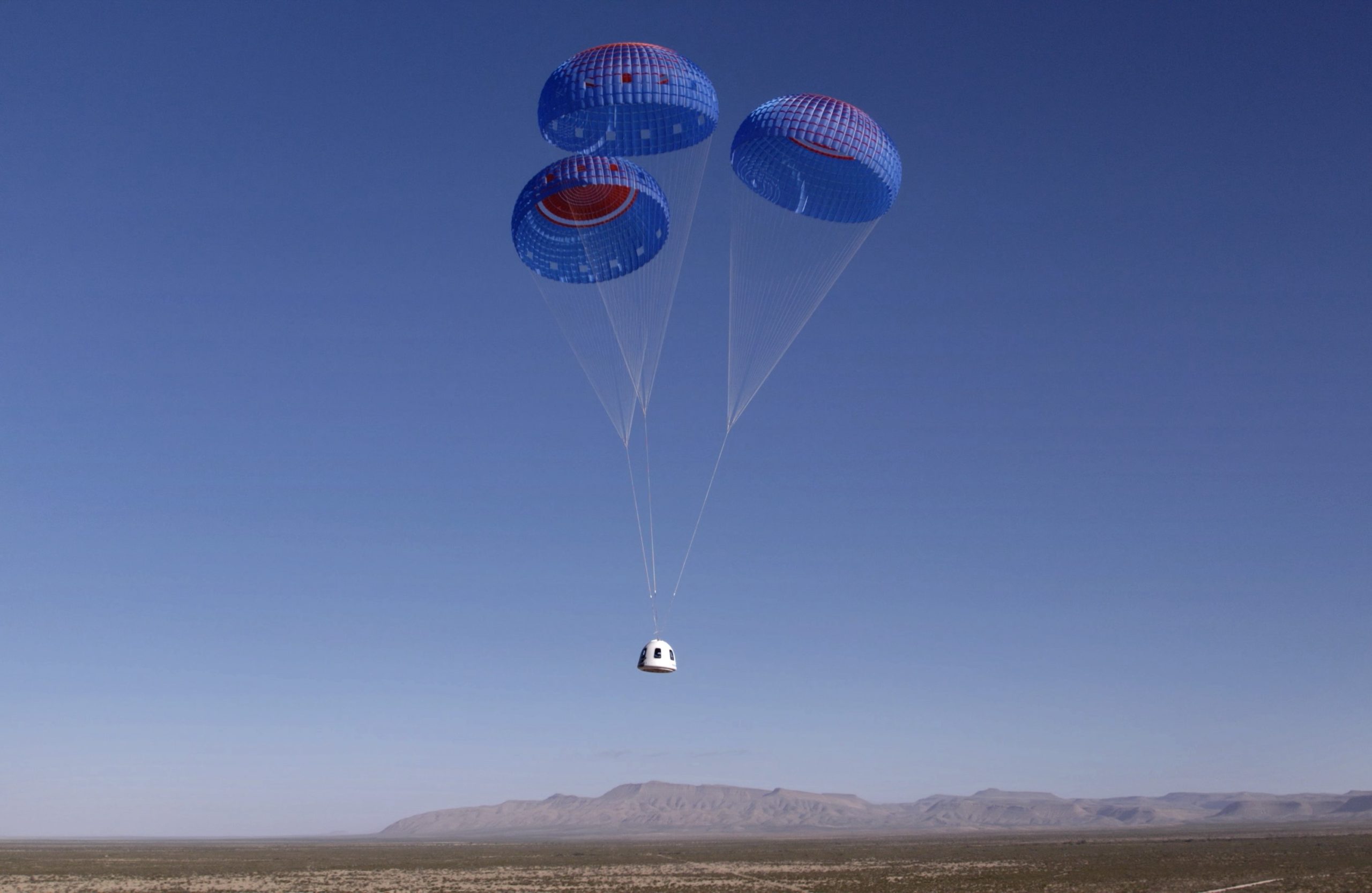A recent study by Tel Aviv University‘s Department of Archaeology researchers sheds light on the fascinating interplay between human evolution, hunting technology, and prey size during the Paleolithic era. The research, published in Quaternary, advances a unifying hypothesis that posits a direct correlation between the development of hunting weapons and the progressive decline in prey size. This hypothesis builds upon the idea that Paleolithic humans, including Homo sapiens and Neanderthals, underwent cultural, cognitive, and physiological adaptations in response to large prey’s diminishing availability.

To investigate this hypothesis, the study analyzed archaeological sites dating from 1,500,000 to 20,000 years ago across Africa and Europe. The research revealed a striking trend: a continuous reduction in the size of prey animals hunted by humans over time. For instance, during the early Paleolithic period, humans primarily hunted massive creatures like 12-ton elephants, while in the later stages, they focused on smaller prey, such as 25kg gazelles. This shifting prey size directly influenced the evolution of hunting weapons, transitioning from wooden-tipped and stone-tipped spears to more refined tools like bows and arrows.
The study’s findings demonstrate that the development of smaller and more precise hunting weapons required increased cognitive capabilities, fostering traits such as enhanced problem-solving, focus, observation, and collaboration. This evolutionary pressure stemmed from the need to secure an adequate energy return on investment (EROI), as hunting agile and smaller prey demanded more effort and skill than hunting large megaherbivores. In summary, this research provides a comprehensive explanation for the evolution of hunting tools during the Paleolithic era, bridging the gap between changing prey dynamics and the development of human cognitive abilities and technologies.
References
- Ben-Dor, M., & Barkai, R. (2023). The evolution of paleolithic hunting weapons: A response to declining prey size. Quaternary, 6(3), 46. https://doi.org/10.3390/quat6030046
- Tel-Aviv University. (2023, September 7). Small prey compelled prehistoric humans to produce appropriate hunting weapons and improve their cognitive abilities. Phys.Org. https://phys.org/news/2023-09-small-prey-compelled-prehistoric-humans.html











